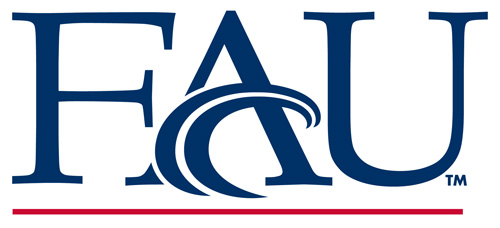 The vast wetlands of South Florida support the majority of North America’s wintering Wood Storks (Mycteria americana; Bancroft et al. 1992) and many of its breeding birds (U. S. Fish and Wildlife Service 2007, Brooks and Dean 2008). Wood Stork nesting colonies are located throughout Florida, and in recent decades they have expanded northward along the coastal plain of Georgia, South Carolina, and North Carolina. Habitat degradation during the mid and late 1900s led to the species being classified as Endangered (U.S. Fish and Wildlife Service 1996, Coulter et al. 1999), and it is still thought to be limiting today (Frederick et al. 2009).
The vast wetlands of South Florida support the majority of North America’s wintering Wood Storks (Mycteria americana; Bancroft et al. 1992) and many of its breeding birds (U. S. Fish and Wildlife Service 2007, Brooks and Dean 2008). Wood Stork nesting colonies are located throughout Florida, and in recent decades they have expanded northward along the coastal plain of Georgia, South Carolina, and North Carolina. Habitat degradation during the mid and late 1900s led to the species being classified as Endangered (U.S. Fish and Wildlife Service 1996, Coulter et al. 1999), and it is still thought to be limiting today (Frederick et al. 2009).
When adults are feeding nestlings, their energetic demands are highest (Kahl 1964), and they select foraging habitat with shallow water and high densities of prey that are vulnerable to capture. These foraging requirements make the stork sensitive to small changes in condition conditions, such as water depth (Gawlik 2002).

Despite their well-documented sensitivity to foraging conditions and human disturbance (Rodgers and Smith 1995, Rodgers and Schwikert 2002), storks are often seen feeding along road sides or storm water ponds, suggesting that either road corridors can provide high quality habitat or there is a cohort of storks (e.g., juveniles or non-breeders) that do not require optimal foraging conditions. Also, casual observations suggest that some sections of corridors seem to have more birds than other, seemingly similar, stretches of corridor, suggesting that the surrounding landscape may affect corridor use by storks.

Currently there is little information on the use of roadway features (swales, canals, and drainage ponds) by Wood Storks, and the degree to which these features produce Wood Stork prey. The objectives of this study are to (1) Determine the features of corridors and neighboring natural areas that are preferred and avoided by storks, (2) Determine the biomass and community structure of fish and crayfish associated with different corridor features, and (3) Determine the portion of aquatic fauna that is Wood Stork prey.


